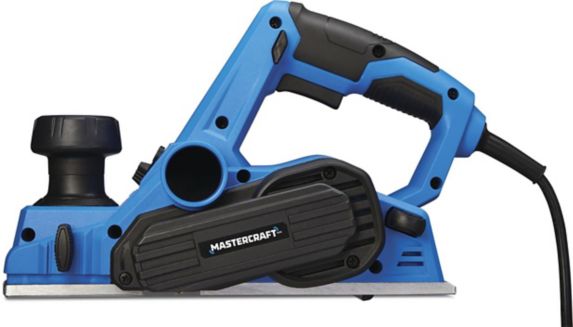It was brought to my attention by a peer that not everyone reading my blogs has the background knowledge of wood working. People reading the blog posts may not understand the terminology that I am using to discuss the processes of making my project. Before I go any further with my Free Inquiry Project I want to dedicate a blog to explain some techniques and terminology that I have used and will use future posts. From this point forward if I use a specific term I will spend time to explain the term and its relevance.
Planing
Before you sand a piece of wood sometimes it is necessary to plane the wood if it is extremely rough or uneven. In the case of the slab I purchased it was extremely rough from the saw marks and very uneven, so it was necessary to plane the piece. There are few different types of planers there is a planing manual hand planer, an electric hand planer, and a planing machine. The purpose of planing is to create a smooth surface and to remove larger amounts of material than a sander. The electric planer and planing machine use a rotating blade to remove material whereas the manual planer has a straight blade with a smooth bottom and a grip on top to run it over the surface of the wood.
Here are the examples of the three types I have mentioned:

Hand Planer – From Wikipedia, https://bit.ly/2H6jeDM

Electric Hand Planer – Image From Canadian Tire, https://bit.ly/2H9Y9rF

Industrial Planer – Image From King Industrial, https://bit.ly/3k50zGM
The type of planer I used was the hand held electronic planer in the second photo, the piece of wood I have is too large for the manual hand planer and too wide for the industrial planer that is at my brothers shop. The handheld electronic planer was the only optional that was suitable for this project. The planer I bought is only 3 1/4 inches wide so planing the wood was tedious but definitely easier than using a manual planer. My next blog will be discussing the sanding process and the rough draft of the layout for the crib board.

Leave a Reply
You must be logged in to post a comment.